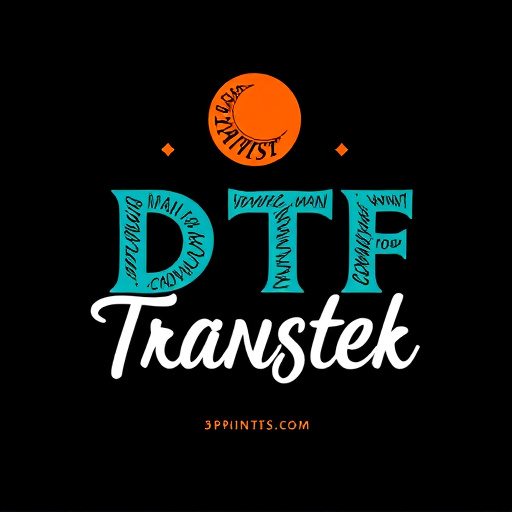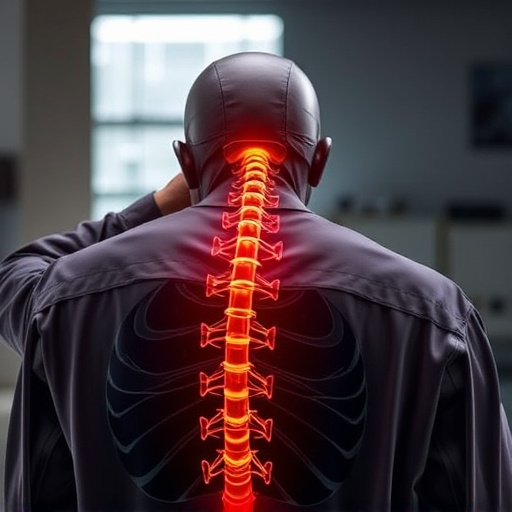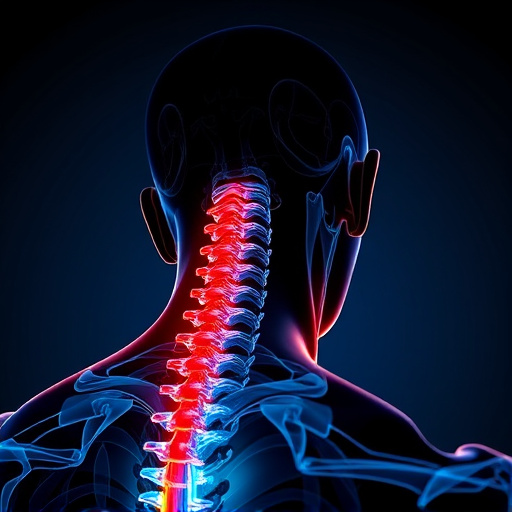Lower back and leg nerve pain, caused by conditions like spinal stenosis or sciatica, can significantly impact daily life. PIP (Personal Injury Protection) insurance, with its 14-day rule, is a crucial tool for managing these issues. This rule allows individuals to seek prompt medical attention, including physical therapy and chiropractic care, within 14 days of the injury, ensuring timely treatment and financial relief. By understanding this rule and exploring non-invasive treatments, policyholders can effectively alleviate pain, improve well-being, and make positive lifestyle changes to prevent future issues. Many have found PIP insurance beneficial in improving their quality of life and managing chronic conditions related to nerve pain.
Tired of living with lower back and leg nerve pain? You’re not alone. Many struggle with this debilitating condition, seeking relief and improved quality of life. This comprehensive guide explores effective strategies for managing and overcoming nerve pain through a multi-faceted approach. We delve into the root causes, symptoms, and impact on daily activities. Understanding your options is crucial, especially when navigating PIP insurance coverage and the 14-day rule for claims. Discover non-invasive treatments, lifestyle adjustments, and inspiring success stories that demonstrate the power of proactive care.
- Understanding Lower Back and Leg Nerve Pain: Causes and Symptoms
- The Role of PIP Insurance in Covering Nerve Pain Treatment
- 14-Day Rule Explained: What You Need to Know Before Filing a Claim
- Exploring Non-Invasive Treatment Options for Nerve Relief
- Lifestyle Adjustments to Manage and Prevent Recurrence
- Success Stories: Real-Life Improvements with PIP Insurance Coverage
Understanding Lower Back and Leg Nerve Pain: Causes and Symptoms

Lower back and leg nerve pain is a common issue that can significantly impact daily life. Understanding its causes and symptoms is essential for effective management and treatment. This type of pain often arises from issues within or around the spinal nerves, which can be compressed, irritated, or damaged due to various factors.
One of the key contributors is spinal stenosis, a narrowing of the spinal canal that can put pressure on the nerves. This condition may result from degenerative changes in the spine, such as osteophytes (bone spurs) or herniated discs. Additionally, conditions like sciatica, where a herniated disc compresses the sciatic nerve, can cause radiating pain from the lower back down to the legs. Other factors, including injuries, spinal misalignments, or certain medical conditions, can also lead to similar symptoms. Recognizing these causes is crucial for individuals considering PIP insurance under the 14-day rule to understand potential treatment options and improve their overall well-being.
The Role of PIP Insurance in Covering Nerve Pain Treatment

PIP (Personal Injury Protection) Insurance plays a crucial role in providing financial relief for individuals suffering from nerve pain, particularly in the lower back and legs. Many policies include coverage for physical therapy and chiropractic care, which are often essential components of treating such conditions. When dealing with nerve damage, early intervention is key, and PIP allows policyholders to access these treatments without immediate long-term commitment.
One notable aspect of PIP Insurance is the 14-day rule, ensuring individuals have a short window to decide whether the treatment is effective. This flexibility is vital for managing nerve pain, as it allows adjustments to the treatment plan based on real-time feedback. By covering these expenses, PIP Insurance alleviates financial burdens, enabling policyholders to focus on their recovery and overall well-being.
14-Day Rule Explained: What You Need to Know Before Filing a Claim
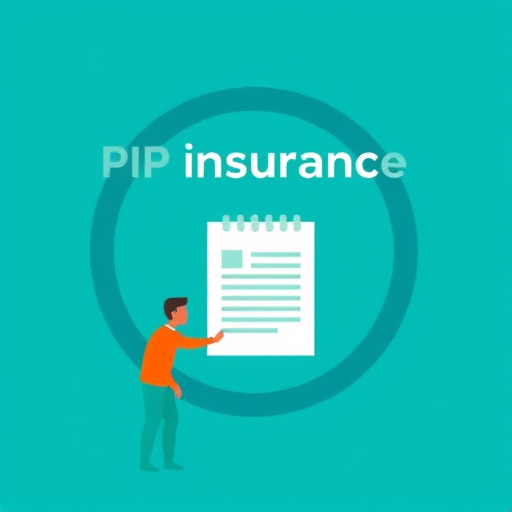
When considering a claim for relief through PIP (Personal Injury Protection) insurance, understanding the 14-day rule is crucial. This rule stipulates that medical treatments or services must be initiated within 14 days of the injury or incident for the expenses to be covered by your PIP policy. The primary purpose of this guideline is to ensure timely treatment and prevent abuse of insurance benefits.
Before filing a claim, it’s important to know that the 14-day rule applies to most PIP policies. However, some policies may have variations or exceptions in terms of time frames for specific treatments. Therefore, reviewing your policy document carefully and consulting with your insurance provider can help clarify any confusion regarding coverage eligibility based on the 14-day rule.
Exploring Non-Invasive Treatment Options for Nerve Relief
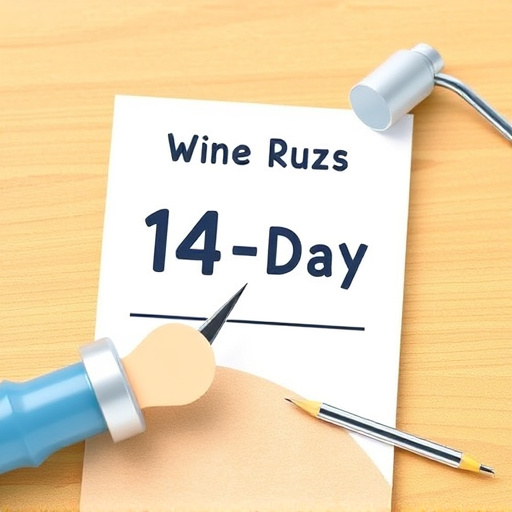
Many people suffering from lower back and leg nerve pain explore non-invasive treatment options as a way to find relief without undergoing surgery or invasive procedures. This is especially attractive for those covered by PIP (Personal Injury Protection) insurance, which often includes a 14-day rule, allowing patients to try alternative treatments before committing to more permanent solutions.
Non-invasive approaches like physical therapy, chiropractic care, acupuncture, and certain types of massage can be highly effective in alleviating nerve pain. These methods focus on reducing inflammation, improving spinal alignment, and promoting natural healing processes within the body. Additionally, lifestyle adjustments such as improved posture, regular exercise, and weight management can significantly contribute to long-term relief and prevention of future issues.
Lifestyle Adjustments to Manage and Prevent Recurrence

Many individuals seeking relief from lower back and leg nerve pain often focus on treatment options, but making certain lifestyle adjustments can be a game-changer in managing and preventing recurrence. These changes are especially important for those covered by PIP insurance, which typically follows a 14-day rule, meaning quick action is crucial to accessing benefits.
Regular exercise, maintaining a healthy weight, and adopting good posture can significantly reduce strain on the back and nerves. Incorporating low-impact activities like swimming or yoga can strengthen muscles without putting excessive pressure on the spine. Additionally, optimizing your workspace and sleeping environment to promote proper alignment can make a noticeable difference. Ergonomic furniture and supportive mattresses are investments that can pay off in long-term pain prevention.
Success Stories: Real-Life Improvements with PIP Insurance Coverage

Many individuals suffering from lower back and leg nerve pain have found relief through PIP (Personal Injury Protection) insurance coverage. These policies are designed to provide compensation for medical expenses and income loss following an accident, often including specific provisions for treatment related to chronic pain conditions. One notable aspect of PIP insurance is the 14-day rule, which allows policyholders to seek medical attention within a short timeframe without sacrificing their benefits.
Real-life success stories abound, with people experiencing significant improvements in their quality of life after availing themselves of PIP coverage. From reduced nerve pain to increased mobility and overall well-being, these individuals have witnessed tangible changes. This highlights the importance of understanding and utilizing one’s insurance benefits, especially when dealing with long-term health issues.


